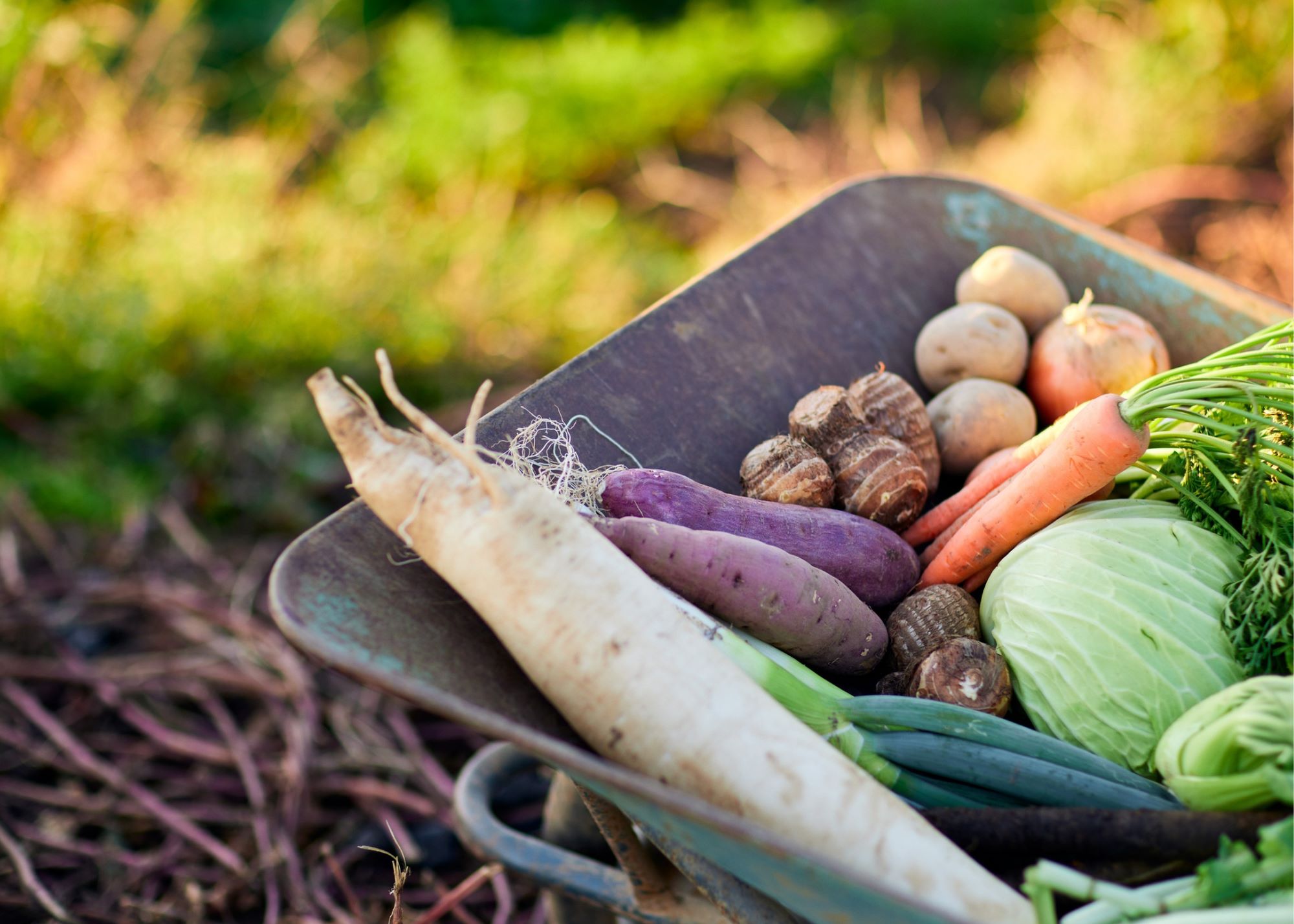
On National STEM Day, we’re asking: how can we inspire students to connect with STEM in ways that feel real and relevant to their lives? At Green Our Planet, we have found that hands-on learning through school gardens and hydroponics offers students the opportunity to do just that. These living labs invite students to dive into science, technology, engineering, and math in tangible ways, all while nurturing their curiosity and building skills for a sustainable future. Let’s take a closer look at how each element of STEM is rooted in our gardens and hydroponics programs, offering students a chance to grow both plants and a deeper understanding of the world around them.
S is for Science: Chemistry in the Garden
In Green Our Planet’s programs, students have the chance to explore the science behind plants, soil, and nutrients. In outdoor gardens, they experiment with soil chemistry, discovering how pH levels, mineral content, and organic matter influence plant growth and soil health. They also study nutrient cycles and learn how elements like nitrogen, phosphorus, and potassium contribute to plant vitality. Meanwhile, in hydroponics, students engage with nutrient solutions, experimenting with how adjusting pH and concentration levels in water affects plant health and growth rates. These experiences invite students to explore science in action and see firsthand how a balanced environment supports plant life.
T is for Technology: Operating Outdoor Garden and Hydroponics Systems
.jpeg)
Through plants, students also discover how technology enhances our ability to grow food. In hydroponics, they have the opportunity to explore how technology regulates water flow, light, and nutrient levels to create an optimal environment for plant growth. Students learn how sensors monitor plant health, how timed lighting mimics natural sunlight, and how data collection optimizes growth. In outdoor gardens, technology plays a key role as well. Students experiment with irrigation systems that automatically adjust watering based on soil moisture levels and use tools like soil moisture sensors, weather stations, and plant growth apps to monitor their gardens. These hands-on experiences give students a comprehensive understanding of how technology supports sustainable farming, both indoors and outdoors.
E is for Engineering: Learning the Design Behind Growth Systems

Engineering in our programs allows students to engage with and build the systems that support plant growth. In hydroponics, students explore the engineering behind these systems, learning how water, nutrients, and light are regulated for optimal plant growth. In outdoor gardens, they examine the design of irrigation systems, raised beds, and composting setups, discovering how these structures help conserve water and improve soil health. These experiences offer students the chance to see how engineering principles are applied to create sustainable, efficient growing solutions and encourage them to think about other ways engineering might be applied in their gardens and hydroponics labs.
M is for Math: Calculating, Measuring, and Analyzing Plant Data
Math comes to life in the garden, where students apply their skills in practical, meaningful ways. They measure plant heights, track growth rates, and calculate nutrient dosages, using math to analyze data and make predictions about plant health. This real-world application of math helps students see how it can be used to understand and influence their environment. By working with data, students also build foundational skills in scientific inquiry and data analysis, helping them think critically and make informed decisions.
Inspiring Future STEM Leaders and Environmental Stewards

By engaging students in STEM through school gardens and hydroponics, Green Our Planet aims to inspire the next generation of scientists, technologists, engineers, and mathematicians who will lead with curiosity and purpose. These programs open doors to potential careers in fields like environmental science, agricultural engineering, and sustainable technology. With each lesson, students gain both knowledge and a sense of responsibility, empowering them to become leaders in STEM and environmental stewardship.
This National STEM Day, let’s celebrate the innovative ways students engage with STEM—discovering not only how to grow plants but also how to grow as future problem-solvers and conservation-minded citizens.
Learn more about our programs at a free 20-minute webinar.
.png)
.png)


